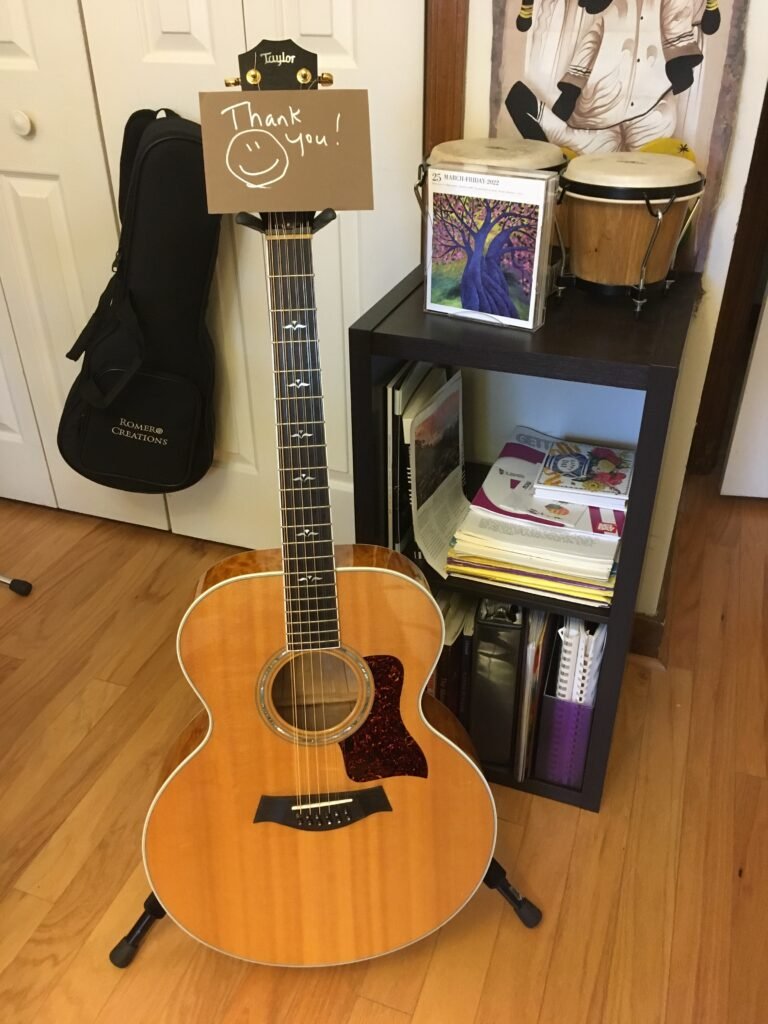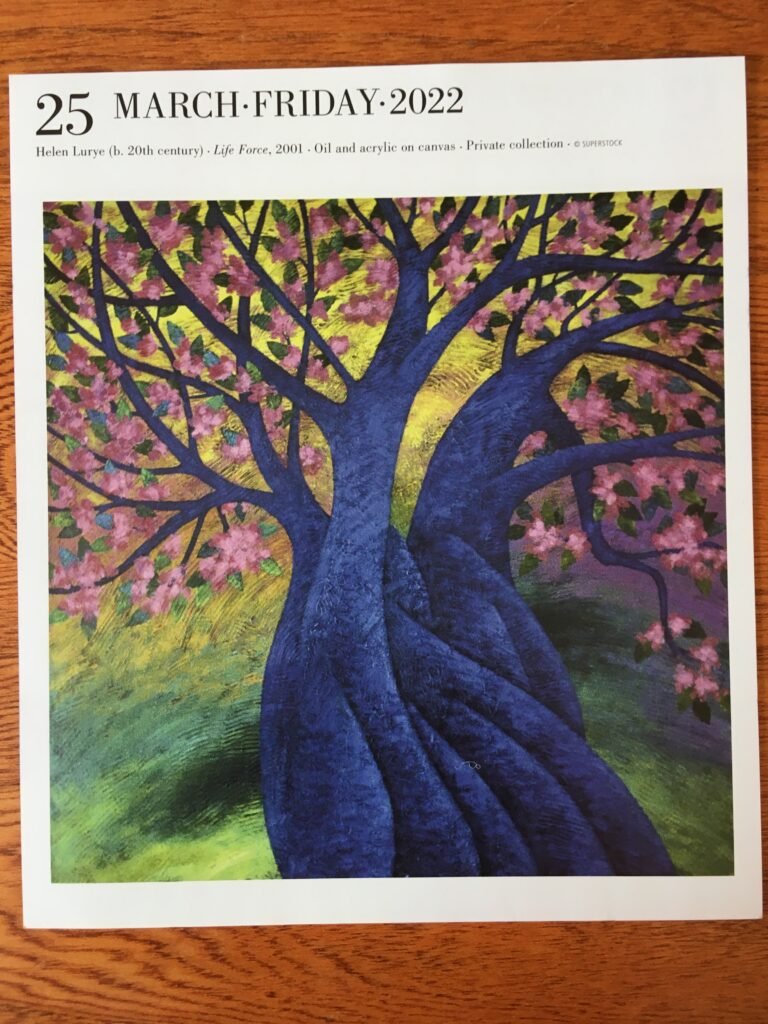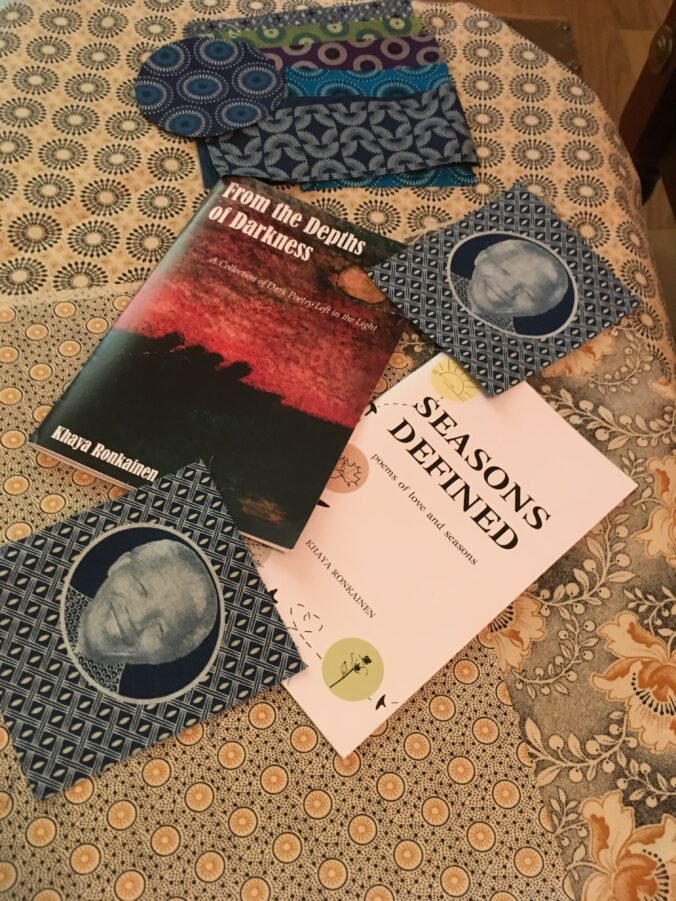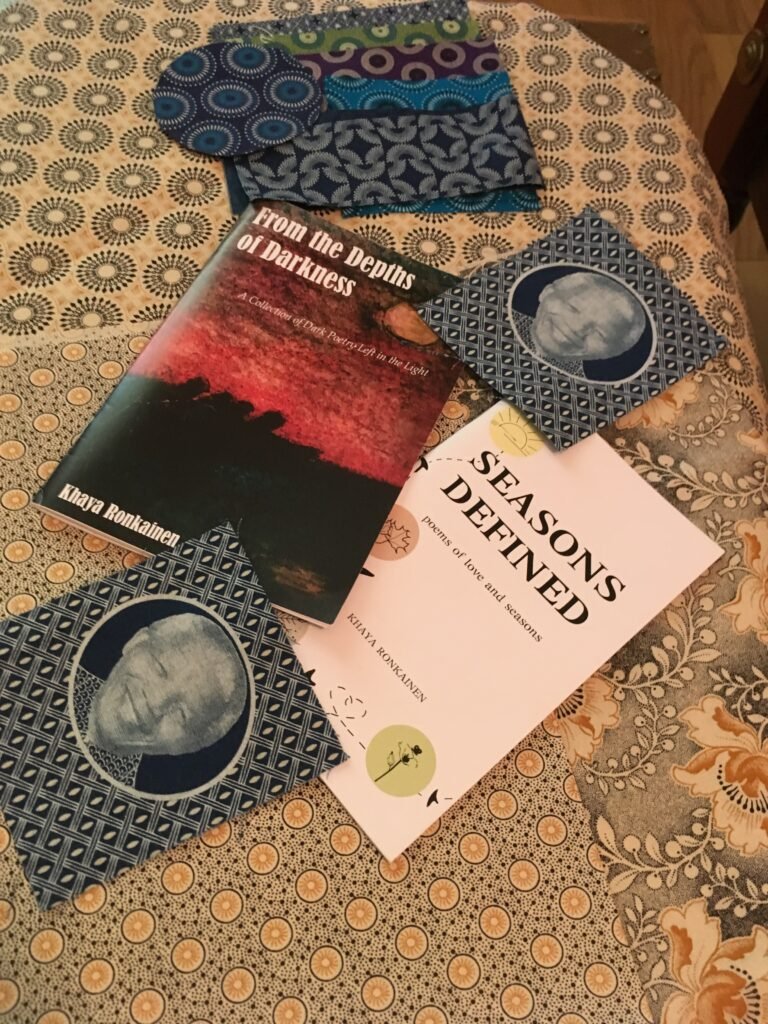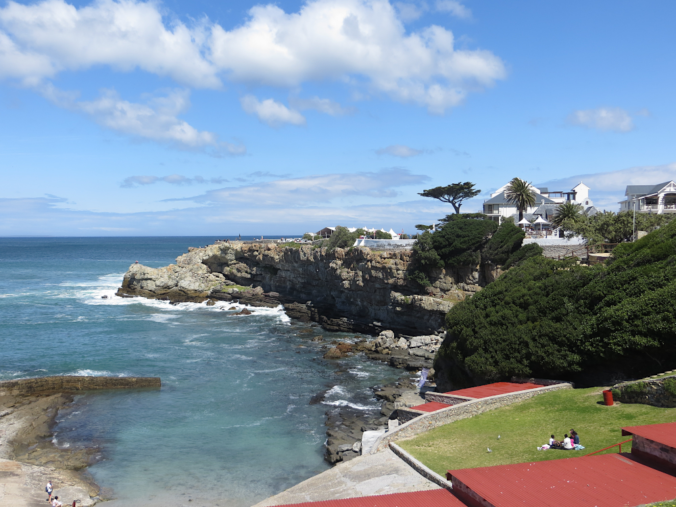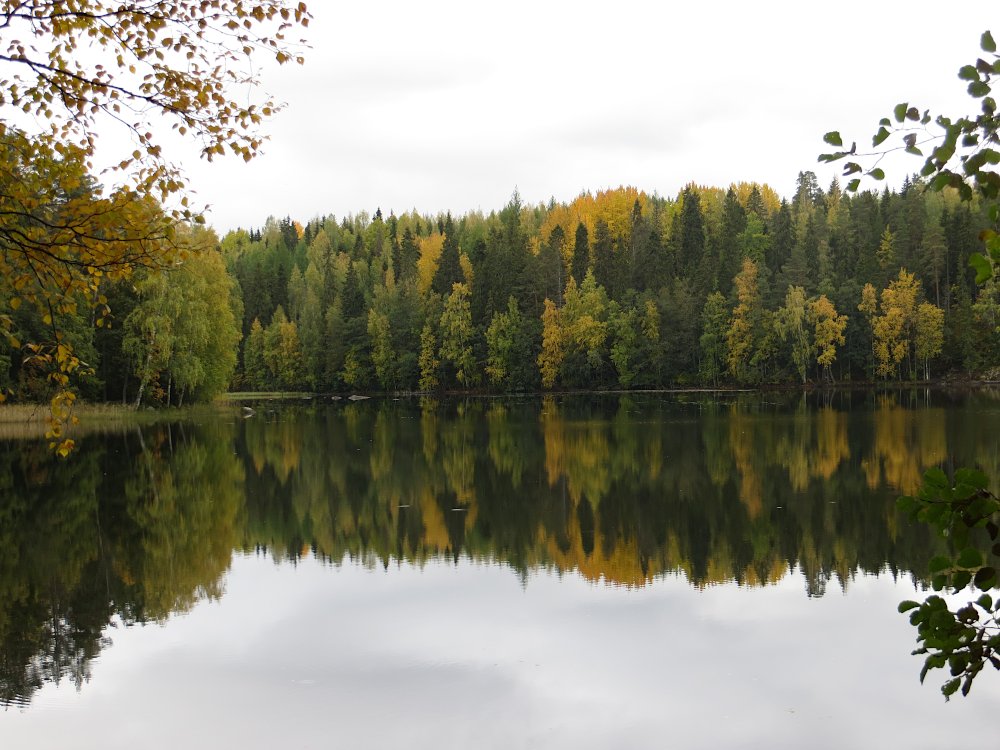
A few months ago, I finished reading “Beneath The Langley Cross – Reminiscences Of All Saints & Martyrs And Its People” by my Manc Bud & poet, Andrew James Murray.
What drew me in to reading this was two-fold:
- An interest in the culmination of this several year project of my friend – gathering interviews and curating an oral history of a place I am unfamiliar with and
- A fascination with yet another Manchester area icon: The Langley Cross
What kept my attention?
The stories told that are held within its pages.
This is well-written (edited interview transcriptions), well-curated and covers a lot of ground. Spanning the years from 1954-present, it is easily understood in that the overarching story is told by those still living it. Additionally, as a non-Brit, I was able to grasp some of the cultural idiosyncrasies in context.
What struck me most was how the fellowship, community & outreach parallel the spirit of my experiences as a young adult during the counterculture Jesus Movement of the 60s/70s from across the pond in Colorado – earthy, gritty, hands-on, purity of intent, & making a difference in lives.
These people were doers*.
“Living it out without emphasizing the fact.“**
Crossing generations, social divides, cultural and religious differences.
I relate to this.
What makes this extra-ordinary for me as a Yank is the context of these living encounters occurring within the ‘organized’ Church. Specifically, the huge establishment called, the Church of England.
The book contains living examples of how denominational enabled faith can be a vital force within local communities.
It also teases personalities into the mix, making for many laugh-out-loud moments within the reading.
“There’re so many memories. I remember once, during the middle of the service, a woman, (who shall remain nameless), got up to go to the toilet in the hall. It was during the sermon when she came back, and she walked back to her place with this long line of toilet paper trailing after her out of her dress. I can’t remember who was giving the sermon but he didn’t miss a beat, just carried on. That could only happen at our church.”
Hilary Savage, Beneath the Langley cross, pg 185
As for The Langley Cross itself. My taste tends towards abstract expressionism, so from an artistic view, it immediately captured my interest. I looked up everything I could find on the sculptor, Geoffrey Clarke RA, and the history behind the making of it.
The fact that such a piece – real art – landed in an ordinary ‘overspill’ social housing area during the 1960s, I call miraculous.

The sculpture itself is 37 feet high and about 20 feet wide at the extremities of the transverse shaft and made of cast aluminum metal. No flimsy, non-descript plastic/wooden 2×4 cross for this congregation!
But that’s only part of the miracle.
The real miracle is that The Langley Cross speaks to the hearts of the people it serves. There is beauty in struggle, purpose in pain. Hope. A timeless message for a broken world.
“Clarke’s cross portrays the brutality of the ancient Roman practice of crucifixion yet at the same time seems to interpret this in a more modern context…the rugged structure of the Langley Cross, which is made in rough cast aluminum, serves to remind us of the harshness and brutality of the Cross on Golgotha…representing our Lord’s offering of himself for us on the cross to us in the Holy Sacrament – This is my Body which is given for you…“
All Saints And Martyrs website
* James 1:22-27
** Mona Davies, Beneath the Langley Cross pg 59
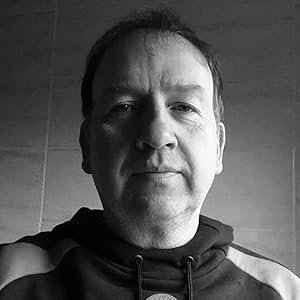
Andrew James Murray is a writer and poet living in Manchester, England. Along with his own poetry collections – Heading North (2015), In Brigantia (2019) and Fifty (2023) – his work has appeared in various publications and anthologies, including Best Of Manchester Poets.
Find his books here













